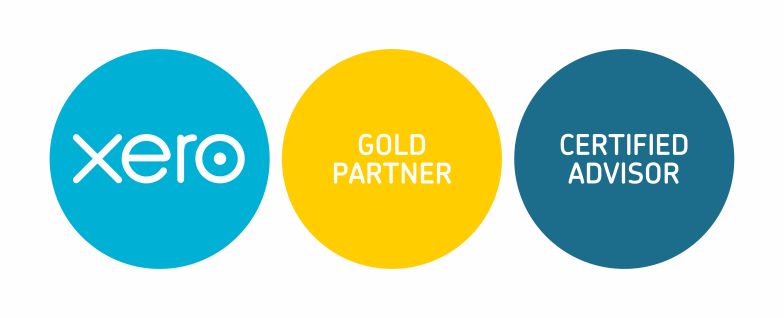
Effective Performance Targets: 7 Key Questions
It’s essential for any business to have a robust set of performance targets for its workforce. These will drive employees to achieve in the areas that are critical for success. Therefore, it’s important to ensure that the targets are calibrated correctly in order to realise the desired results. Before introducing any new target, make sure you’ve answered the following seven key questions:
Is it specific?
A target is no good if it cannot be clearly understood. The parameters for success must be expressed in unequivocal terms, with no room for subjectivity. If a target is left open to interpretation, it will quickly become unmanageable. It will also lead to frustration and confusion in the workforce.
Can it be measured accurately?
The target must be based on something that can be measured. If there is no data available from which to derive reports, how will managers or employees know if targets are being met? Therefore, it’s essential to ensure robust mechanisms are in place to measure performance before any target is launched.
Is it fair?
The business will leave itself open to challenge if a target is found to be unfair. It’s critical to ensure that all those being set a target have the same chance of achieving it. If not, you may be discriminating against a particular type of employee, so always consider the impact of a target on different groups before rolling it out.
Is it meaningful?
It’s important that a target aligns with the core aims of the business and the individual objectives set for an employee. If it doesn’t directly align, you should question its relevance, as you can be sure employees eventually will. Worse still, if the target is at odds with responsibilities described in an individual’s job description, it will make no sense at all!
Is it achievable?
A target must be achievable or it will be consistently failed. That will not look good on performance reports. It will also be demoralising for employees, particularly if a bonus or other incentive is linked to achievement of the target. Equally, the target should not be too easy to achieve, or it will be useless as a measure of performance.
Can it be exceeded?
It’s important to include a “stretch” factor in a target, so that there is a way to exceed the expectation. Without this, you have no way to differentiate between employees who are just doing the bare minimum to hit the target, and those that are going the extra mile. The only exception to this is a target with no varying degrees of achievement, where the options are only met or not met.
Does it drive desirable behaviours?
Consider what effect a target will have on an individual’s behaviour, and whether that is desirable or not. A target that introduces some healthy competition is good, but not if that comes at the expense of employee relations or other wider business objectives. For example, it wouldn’t be advisable to introduce a target that drives behaviours that are detrimental to customer service or one that has negative environmental impacts.
Being considerate of these questions when designing a performance target will guarantee you don’t create a monster. The target will be challenging but achievable, aligned with individual and business objectives, and clear to understand and measure. The result will be a workforce who feel inspired and empowered to achieve.







